Food photography is not just about capturing delicious dishes; it’s an art form that requires skill, creativity, and attention to detail. Whether you’re a professional food photographer or an amateur enthusiast, avoiding common mistakes can significantly enhance the quality of your work. In this article, we’ll explore some mistakes that can ruin your food photography and provide tips on how to avoid them.
Not Enough Light:
One of the most crucial elements in food photography is lighting. Insufficient light can result in dull, unappetizing photos with poor visibility of details. To overcome this, utilize natural light whenever possible. Position your subject near a window or shoot outdoors during the day for soft, diffused lighting. Alternatively, invest in artificial lighting equipment such as softboxes or LED panels to control and enhance the lighting conditions.
Flat Light:
While ample light is essential, overly flat lighting can make your photos appear lifeless and uninspiring. Avoid direct, harsh sunlight, which can create harsh shadows and wash out colors. Instead, aim for soft, diffused light that gently illuminates your subject, highlighting its texture and form. Diffusers, reflectors, or shooting during the golden hour can help achieve a flattering, dimensional light that adds depth to your images.
Crazy Props:
While props can enhance the visual appeal of your food photos, using too many or inappropriate props can overwhelm the composition and distract from the main subject. Keep props simple, relevant, and complementary to the dish you’re photographing. Choose utensils, plates, and backgrounds that complement the colors and textures of the food, enhancing its visual appeal without overpowering it.
Falling Off the Table:
Accidents happen, but in food photography, a falling dish can ruin the entire shoot. Ensure stability by using sturdy surfaces and securing plates and props with adhesive putty or hidden supports. Take extra precautions when arranging tall or precarious dishes to prevent them from toppling over during the shoot. A stable setup not only prevents mishaps but also allows you to focus on capturing the perfect shot without interruptions.
Boring Composition:
Composition plays a significant role in capturing attention and conveying the story of your dish. Avoid centering your subject and opt for dynamic compositions that lead the viewer’s eye around the frame. Experiment with different angles, perspectives, and arrangements to create visually compelling images. Incorporate leading lines, patterns, and negative space to add interest and balance to your composition, making it more engaging and memorable.
Food That Dies on the Table:
Freshness is key in food photography, and nothing ruins a shot faster than wilted greens or congealed sauces. Work quickly to capture your images while the food is at its peak freshness and appeal. Keep essential ingredients and garnishes on hand to refresh the dish between shots, ensuring it looks appetizing and inviting throughout the shoot. Additionally, consider using food styling tricks such as misting with water or using edible oil to enhance the freshness and shine of your ingredients.
By avoiding these common mistakes, you can elevate your food photography and create stunning images that captivate and inspire. Remember to prioritize lighting, composition, and freshness, and let your creativity shine through in every shot. With practice, patience, and attention to detail, you’ll be well on your way to mastering the art of food photography and creating mouthwatering images that leave a lasting impression.

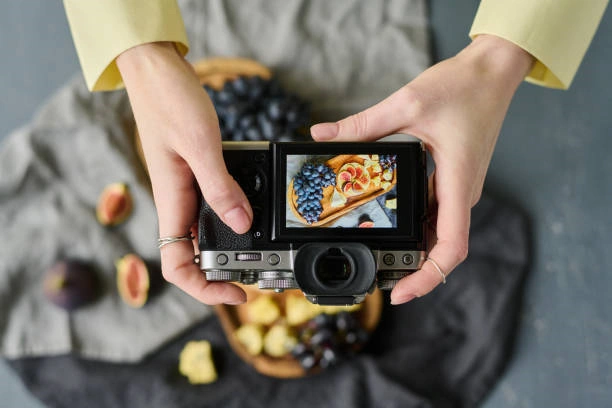

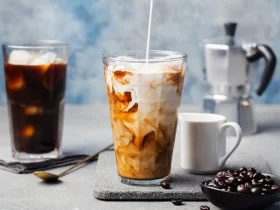
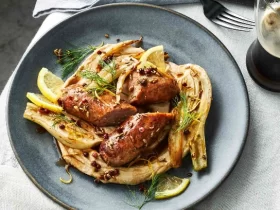
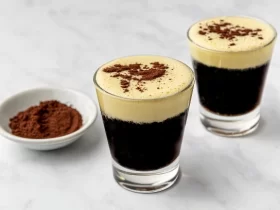
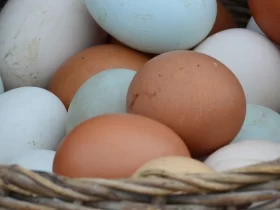
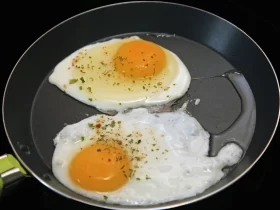
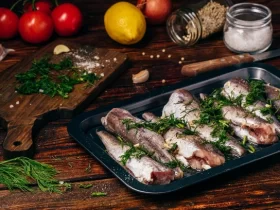





Leave a Reply